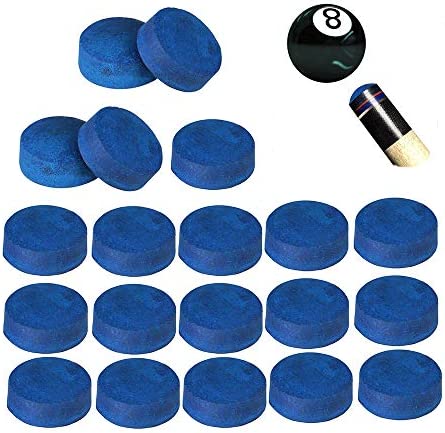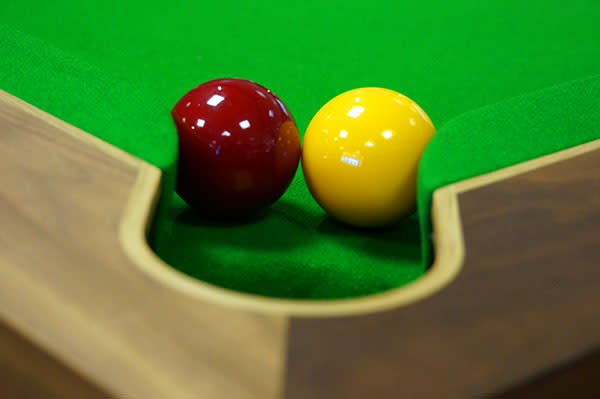
The manufacturer of the pool ball and the resin used can influence the design and color of the balls. The quality of your pool ball is crucial to playing well and for professional players. Quality balls can last a very long period of time.
The first pool ball was made of wood. As the game evolved over time, the ball manufacturers looked for alternatives to wood. The first pool balls were made from ivory in the 17th Century. This was because it was durable and smooth. It was also a relatively inexpensive material to make. Manufacturers looked for other alternatives as the elephant population declined during the latter part of the 19th Century.

Leo Baekeland (an American chemist) created a new type of plastic in 1907. Bakelite was a popular choice for pool balls in the 1920s. Compared to celluloid balls, bakelite was less flammable and more durable. It was also simple to make and did NOT explode. While it is a type plastic, it is not as strong as today's resin. It is thermosetting and cannot be melted.
The next type of pool ball to be created was a plastic that is a mixture of nitrocellulose and alcohol. This is the phenolic or phenolic resin. Circuit boards can also use phenolic resin. This resin is strong and durable, making it a popular material for making pool balls. The resin is used in the manufacture of pool balls using a process similar that of bakelite.
Polyester is another plastic that is used in pool balls. Compared to phenolic resin, polyester is cheaper. It doesn't retain its shine for nearly as long, however, as phenolic. Additionally, polyester is not very long-lasting. Pool balls made of polyester tend to wear out more quickly. They are also less durable than phenolic resin ball.
Saluc, an Belgian company, was founded in 1923 to manufacture pool balls. Saluc is most famous for Aramith balls, which are made from pure phenolic. Aramith balls are made from a mixture of phenolic and bakelite resin. Thermosetting plastic, phenolic resin, is very durable. It can be used for up to 40 year. You can use it for volleyball balls. They are extremely durable and can withstand over 400,000 impacts.

Other than the ones mentioned, there are many types of plastic used in making pool balls. Polyester pool balls may be more affordable than phenolic balls but they aren't as strong. Polyester pool balls won't last as long as those made from phenolic resin. However, they are inexpensive and durable enough for beginners. The best pool balls for tournaments are made of phenolic resin, but they can be expensive.